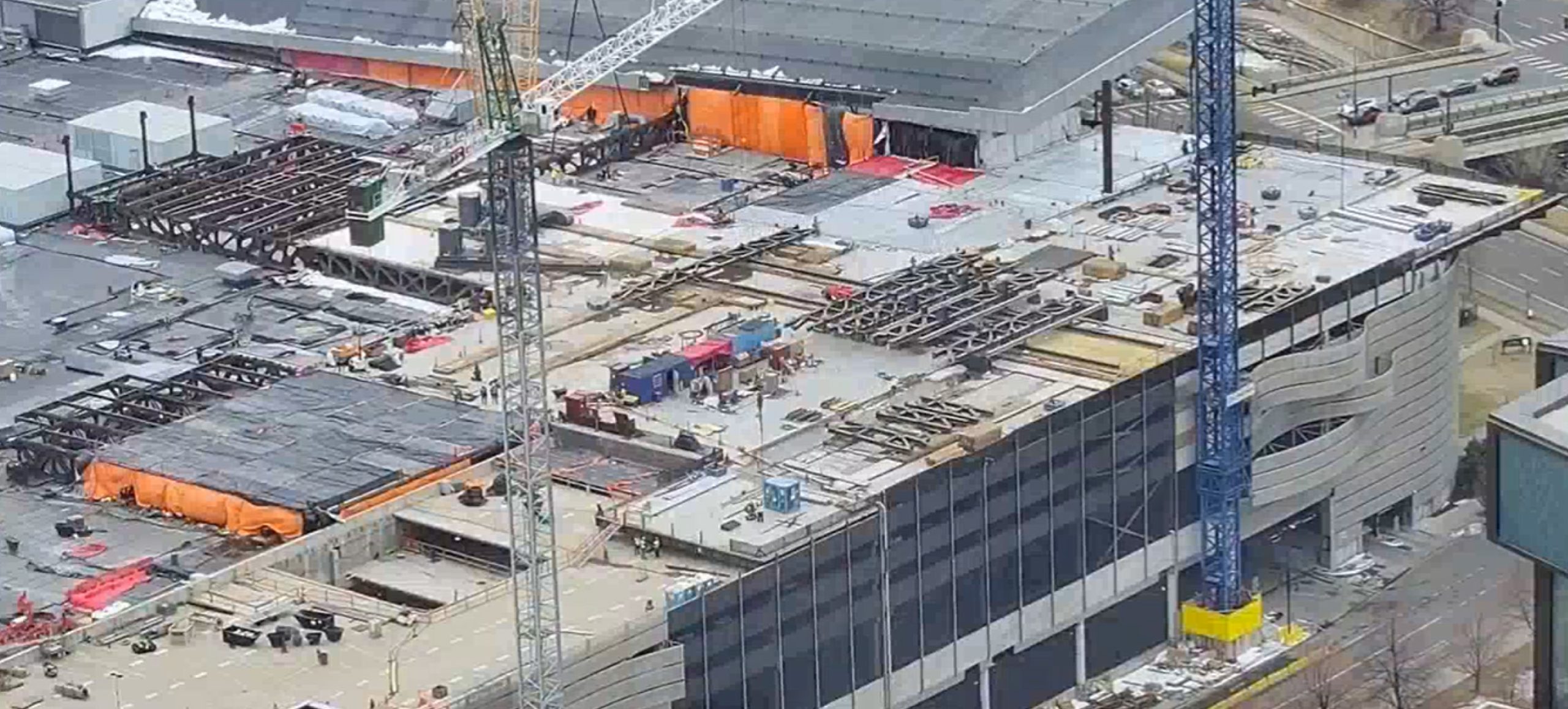Most employees are faced with some sort of hazard on the job site at one time or another. Workplace safety needs to be a top priority not only for employers but the employees as well. From employees who may work in confined spaces, to those who work in open offices, one thing is for certain safety is a personal choice.
Weifield Contracting Group is obligated and will strive to provide a safe working environment for our employees. Regardless of the type of work they perform, whether it’s drilling into concrete to install conduit, landing wires in a panel with sharp edges, or poring over accounts receivables in the purchasing department, employees should never be in a position where their physical safety is in jeopardy.
Weifield will provide the tools, the training, and the time to do the job correctly and most importantly safely. However, if you look at why most employees get hurt at work, it’s clear. Employees get hurt because they stand on the top rung of a ladder or get shocked because they didn’t test the circuit before starting work.
It’s been proven that safety is an action word, but most of the time we treat it as something passive. Be safe, have a safe trip or make safety your first concern. To make something safe takes action and requires one to do something. That something is to recognize what can cause an injury (hazard) and then take steps to control it in a manner that ensures nobody gets hurt. A damaged or defective ladder cannot hurt you unless you choose to use the ladder.

One of the “root causes” of workplace injuries, illnesses, and incidents is the failure to identify or recognize hazards that are present, or that could have been anticipated. A critical element of any effective safety and health program is a proactive, ongoing process to identify and assess such hazards.
To identify and assess hazards, employers, and workers must:
> Recognize hazards present or likely to be present in the workplace. We all know trenching and excavating in construction is dangerous. Understanding and taking the steps to ensure we have the proper protection in place to protect employees is vital.
> Conduct initial and periodic workplace inspections of the workplace to identify new or recurring hazards. Hazard recognition starts with knowing what you are doing and what you are faced with each day and making sure everyone else is aware of potential hazards.
> Investigate injuries, illnesses, incidents, and close calls/near misses to determine the underlying hazards, their causes, and safety and health program shortcomings.
> Communication is vital in a strong culture of safety. If you see someone working unsafely don’t be afraid to stop them. You have Stop Work Authority at every level of the organization.
> Consider hazards associated with emergency or nonroutine situations. This is vital when you are confronted with something you have never done or something out of character for you in your position with the company. Don’t be afraid to get help or ask questions.
Take a Positive Attitude Toward Safety
> Take personal responsibility for your own safety and that of your co-workers.
> Pay attention to training.
> Follow every step, in every job, every time.
> Know and follow safety rules.
> Use required personal protective equipment.
> Give work your full attention.
> Keep an eye out for hazards. Always ask, “What could go wrong here?”
> Put your personal feelings and problems aside while you’re working.
> Urge your co-workers to follow safety procedures.
> Know what to do in an emergency.
> Ask questions about any procedure or precaution that’s not clear.
> Report any safety hazards you can’t fix.
> Save fooling around for your personal time.
Some hazards, such as housekeeping and tripping hazards, can and should be fixed as they are found. Fixing hazards on the spot emphasizes the importance of safety and health and takes advantage of a safety leadership opportunity.




